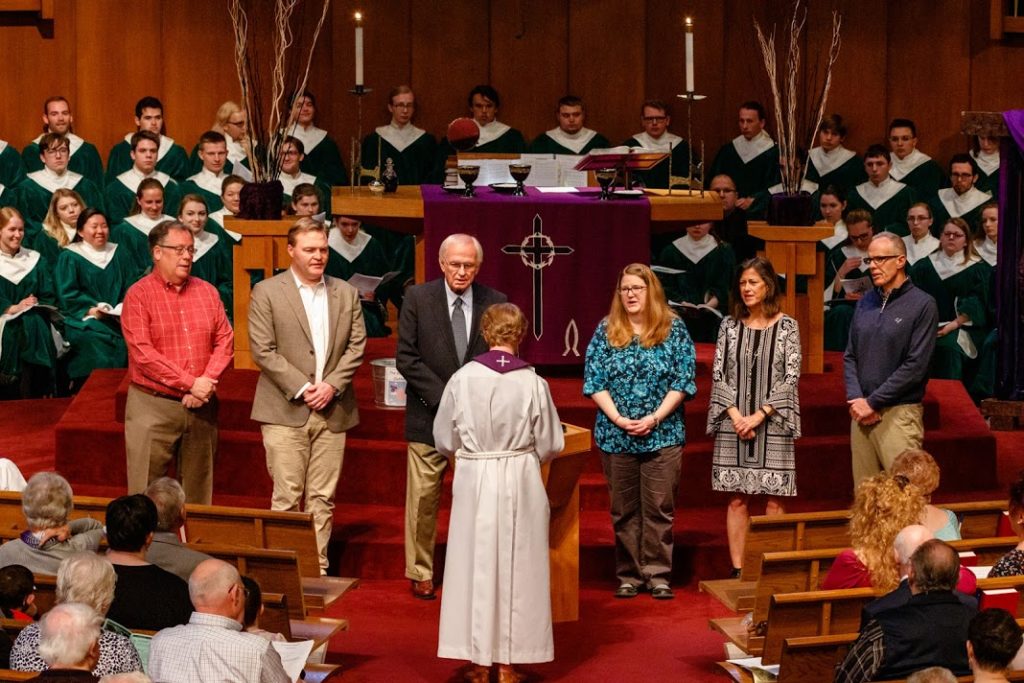Governance at Good Shepherd

While most do not think of a church as a corporation, it is one and therefore operates under the requirements of the state and the congregation’s constitution and bylaws. While there are a lot of administrative activities that are not in the constitution or bylaws, which will be discussed below, any discussion of governance needs to start with the constitution and bylaws.
First and foremost the constitution and bylaws define what is within the sole purview of the congregation through the annual or special meetings with a quorum of 75 or more confirmed members. The following are items that can only be decided by the congregation:
- Elect board members and nominating committee members
- Approve the annual budget
- Call or terminate a pastor’s call
- Adopt amendments to the constitution or bylaws,
- Receive, own or dispose of any property of the congregation
- A variety of other activities.
The board under the constitution and bylaws is responsible for the following activities: provide visionary and strategic leadership, establish annual goals, review and revise as necessary the governance policies of the congregation, establish committees, ministry teams and task forces as necessary to accomplish the goals and plans of the Congregation, be responsible for the fiscal and property matters of the Congregation, and a variety of other activities.
At the annual meeting in 2006 the constitution was significantly revised. The many pages of changes were included in the 2005 Annual Report. What these changes did was to create a new approach to governance. It essentially created what is called the
Carver model of governance. What this does is to have the board determine what policies and administrative activities not required in the constitution or bylaws it will maintain as its responsibilities and then designate all other general administrative responsibilities to the CEO or in this case the lead pastor. Most committees were no longer included in the constitution since this model does not use them.
About two years ago the new lead pastor and board leaders with input from the Joshua group determined that GSLC needed to involve more people in decision making. This brought about the establishment of numerous committees to provide input into many areas of congregational life. While the governance model really did not drastically change, and while the congregation, board, and lead pastor and staff still have their respective responsibilities, there are now many more people providing input to the lead pastor and staff, the board and the congregation.
In addition, as a result of the Shared Leadership Taskforce and the Shared Vision Taskforce, there Is a strong commitment to more transparency in decision making and improved communication between the board, staff, and the congregation. There will be information about board meetings, committee meetings, and other decision making venues through a variety of means including the Messenger, and the constitution, bylaws, agendas, and meeting minutes being available at the information centers of both campuses, and information provided on message boards at both locations.
Through a variety of activities, the 2006 governance approach and our current approach are meshing to again have more people involved in the many decisions that impact our congregational life.
Gerry Born, President

